A festive walk-through time: the magic of the nativity scene in the Karst stone
The Karst has been shaped by nature over time, and today it is preserved and cared by the Karst people, day after day. The landscape is undulating due to valleys, coves and sinkholes, which give the landscape its diversity and variety. The underground is also varied, as reflected in the many karst caves, which have been formed by the water that flows into the hollow underground. It can also be said that the diversity of the karst landscape is also reflected in the people who have lived here for centuries. They are friendly, warm and hospitable. At the same time, they have carved out their own piece of land over the history of time.
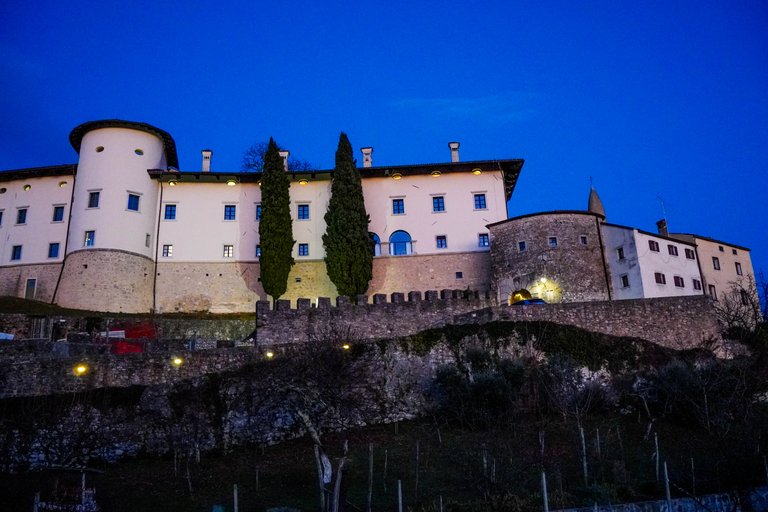
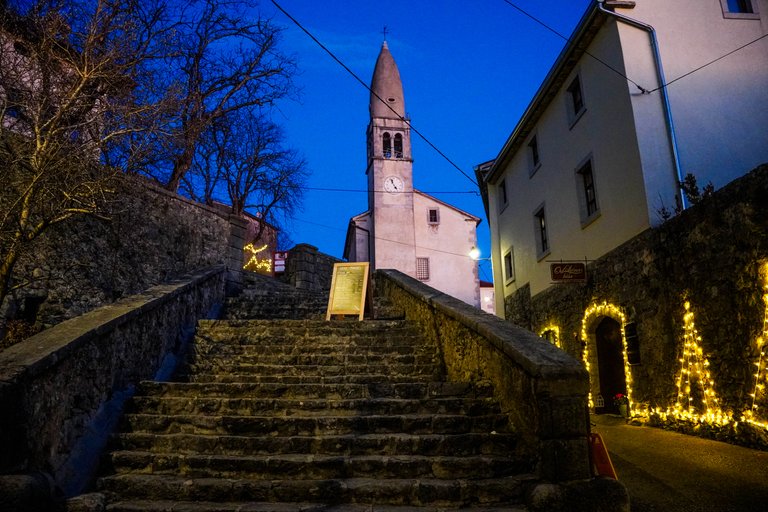
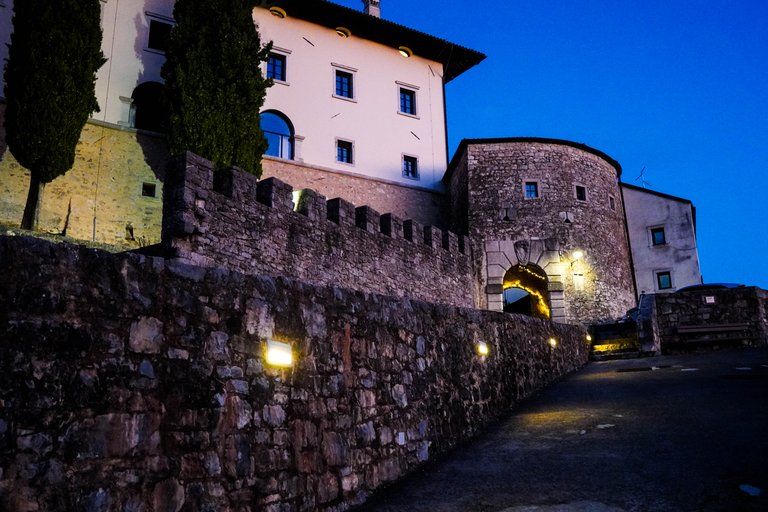
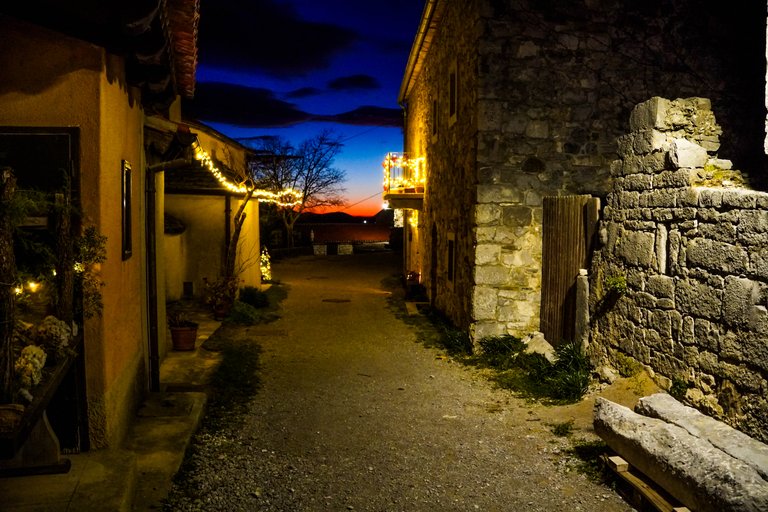
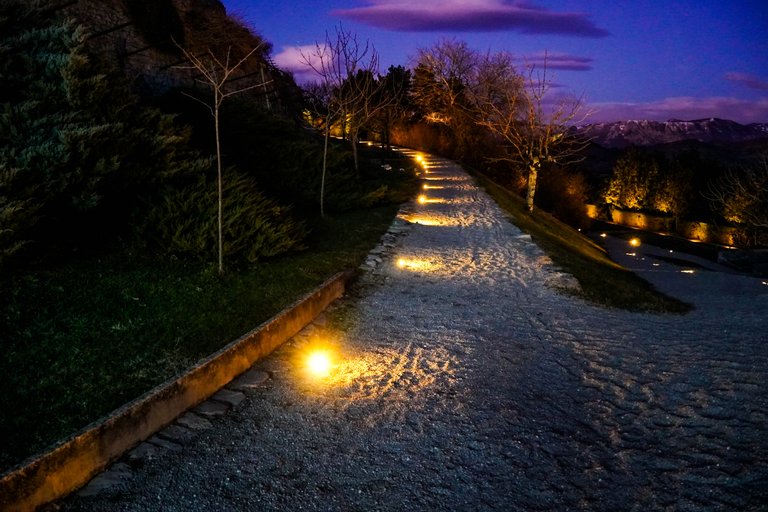
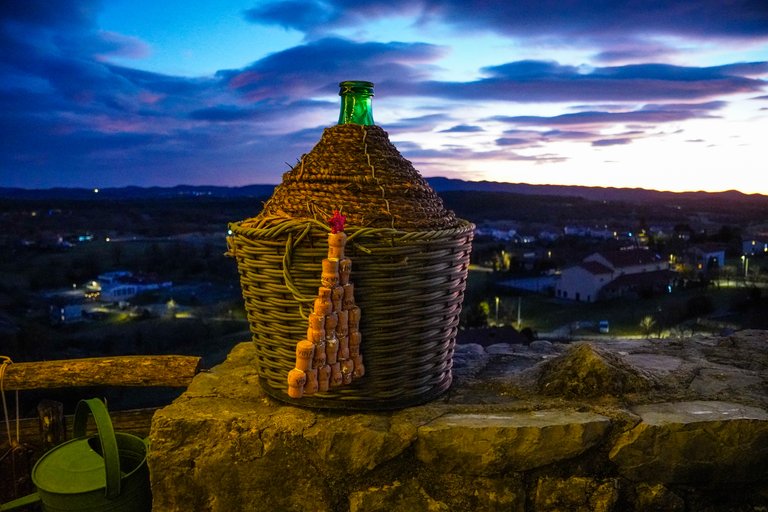
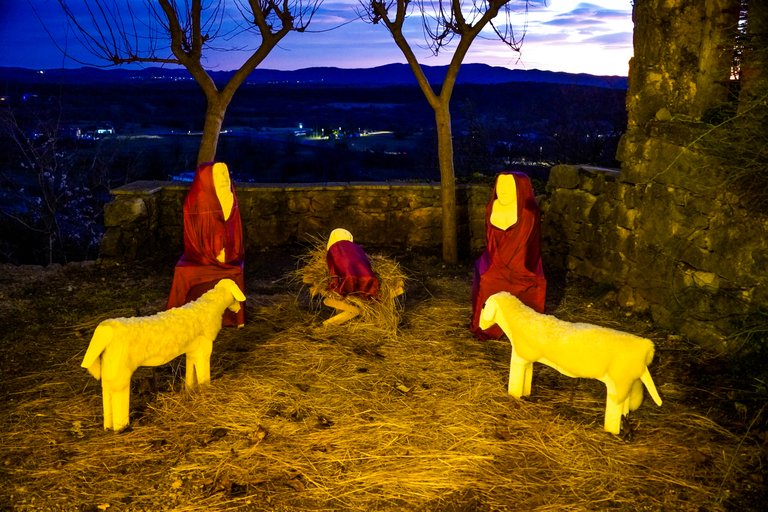
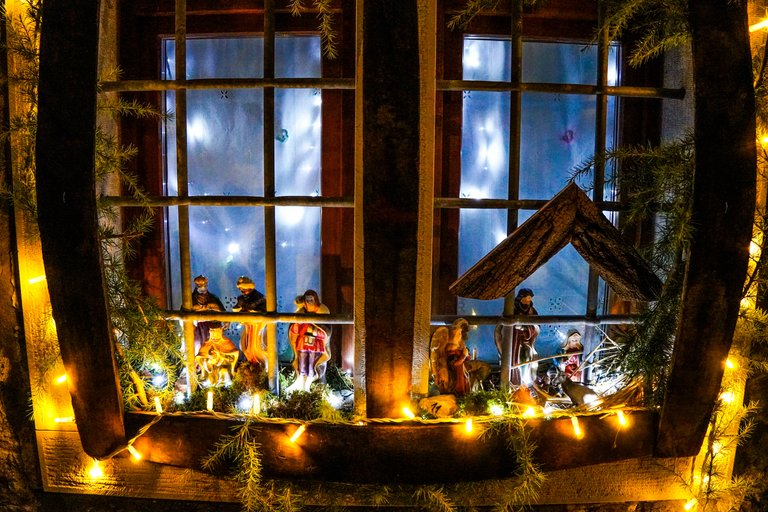
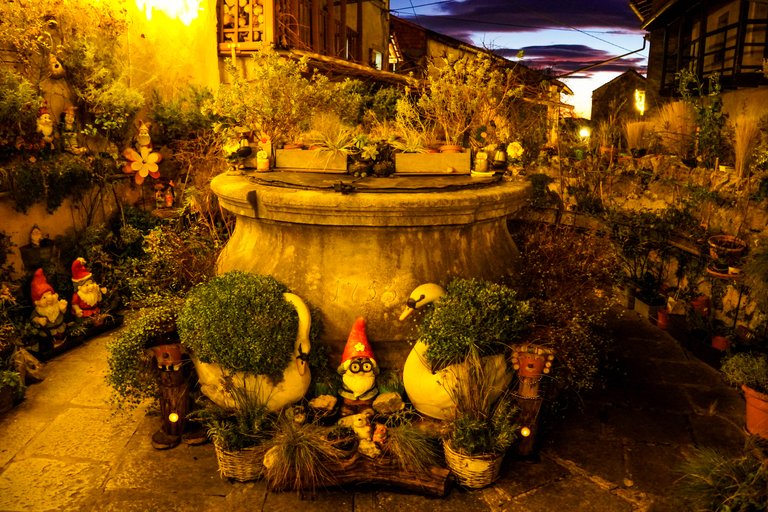
Today I will take you to the medieval village of Stanjel. Stanjel is one of the oldest settlements in the Karst, recognisable by its old centre. It is located in western Slovenia, close to the Italian border, more precisely on the north-eastern edge of the Karst plateau. Today, it is home to about thousand inhabitants.
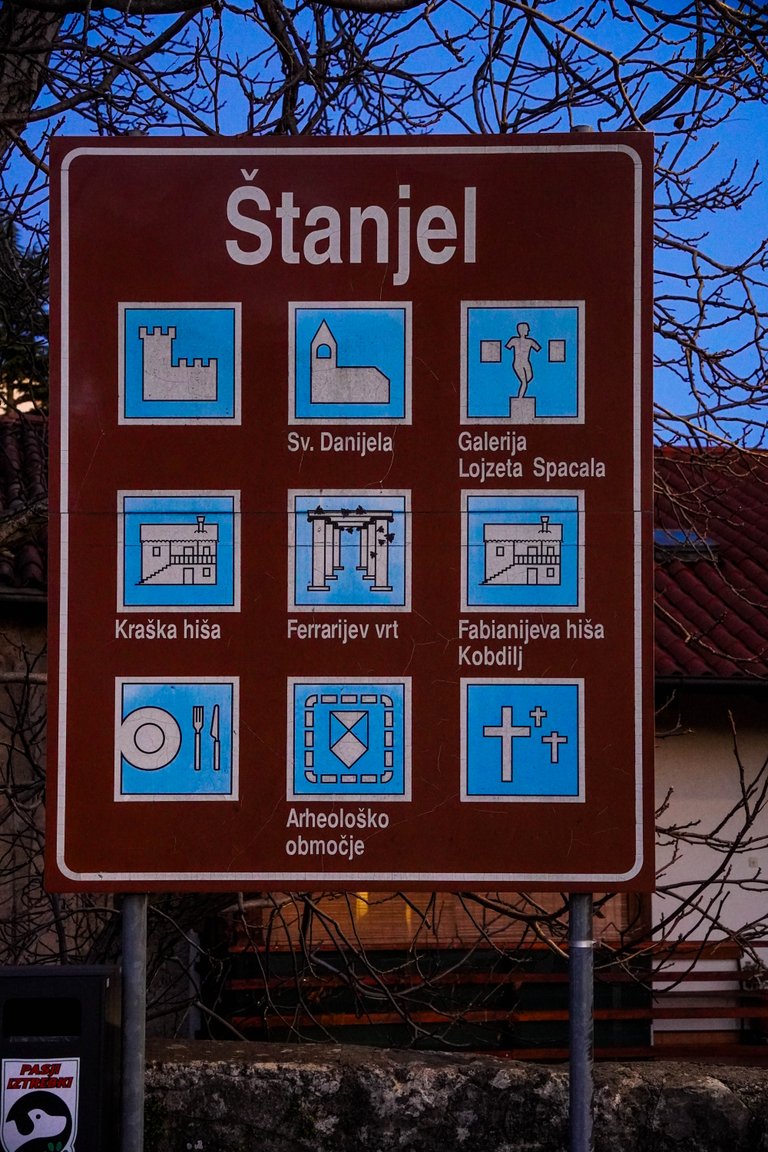
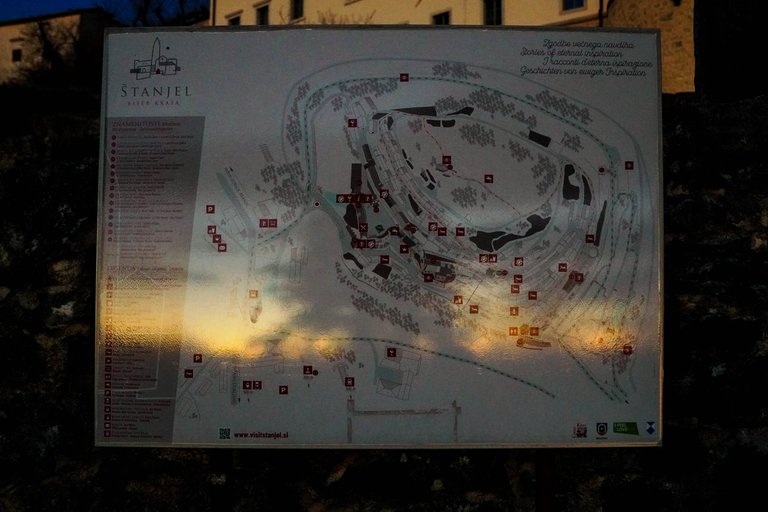
It is a picturesque Karst village situated on a 363-metre-high hill. The village is characterised by narrow streets with stone houses, and is surrounded by a wall with entrance towers, which includes a castle, a Gothic church with a distinctive bell tower, as well as a beautiful Ferrari Garden.
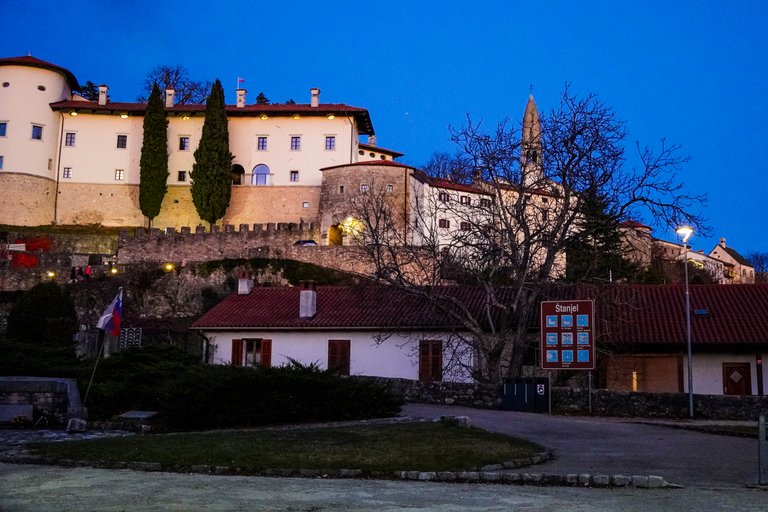
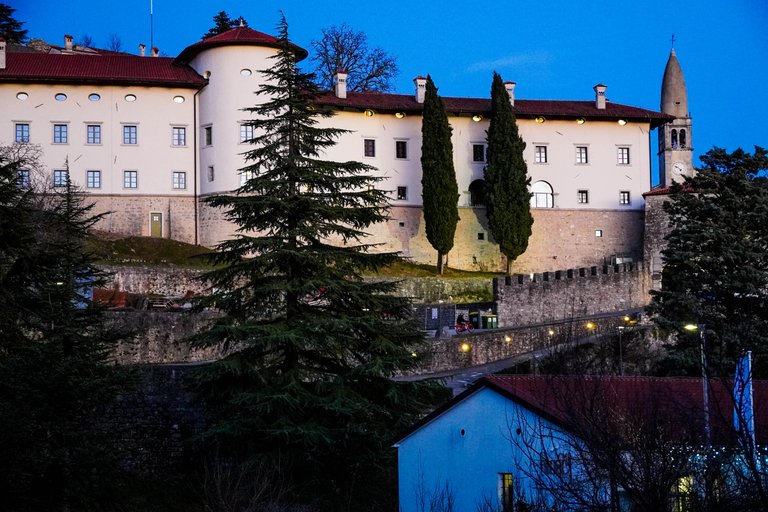
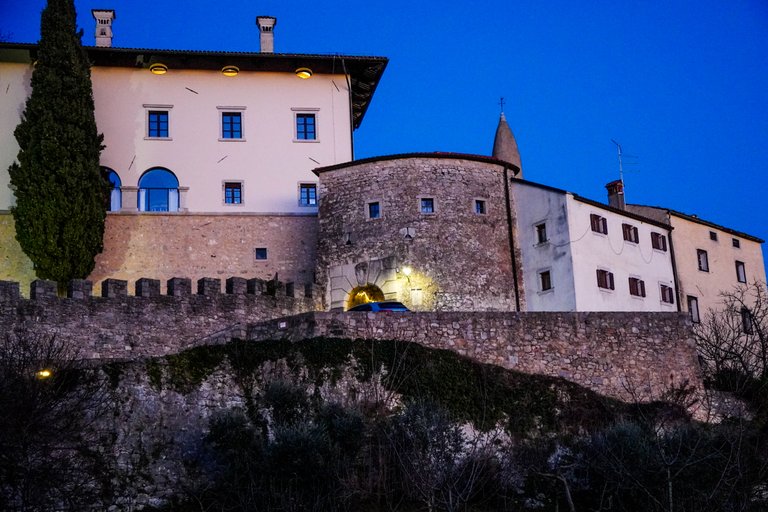
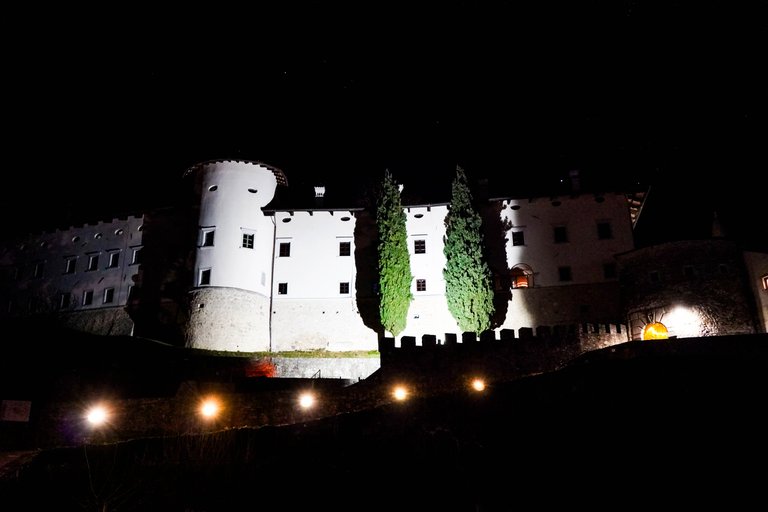
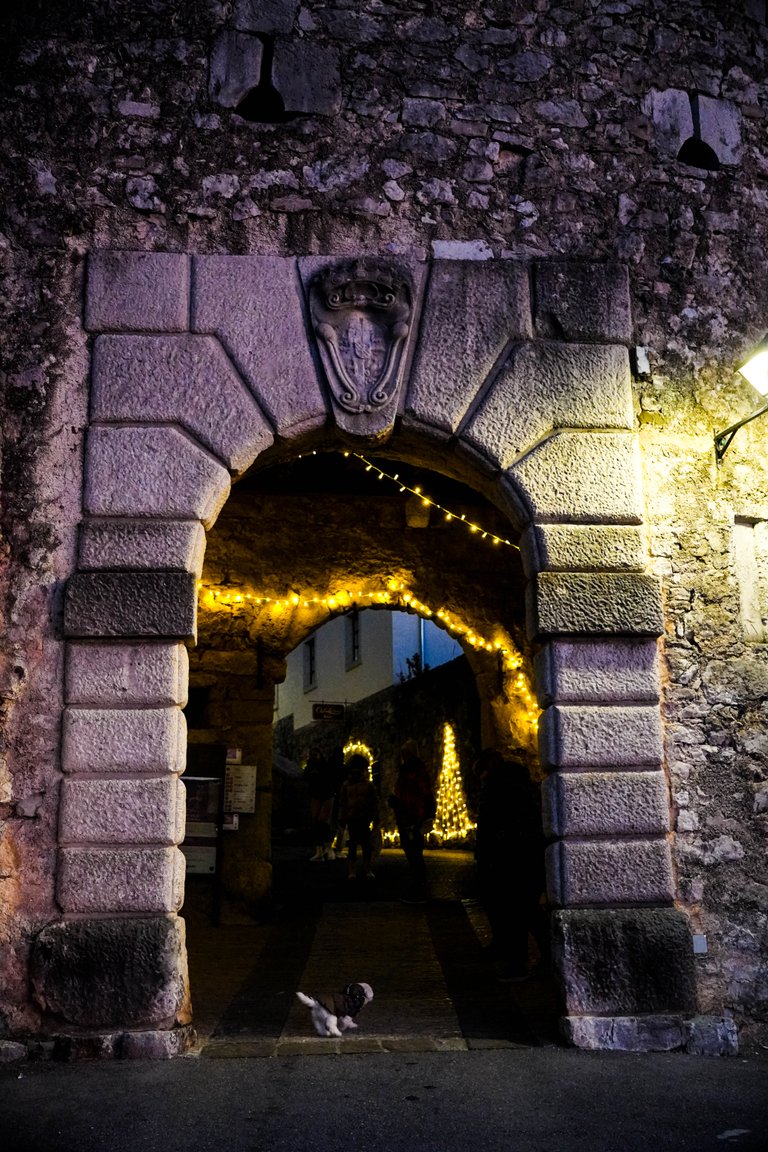 | 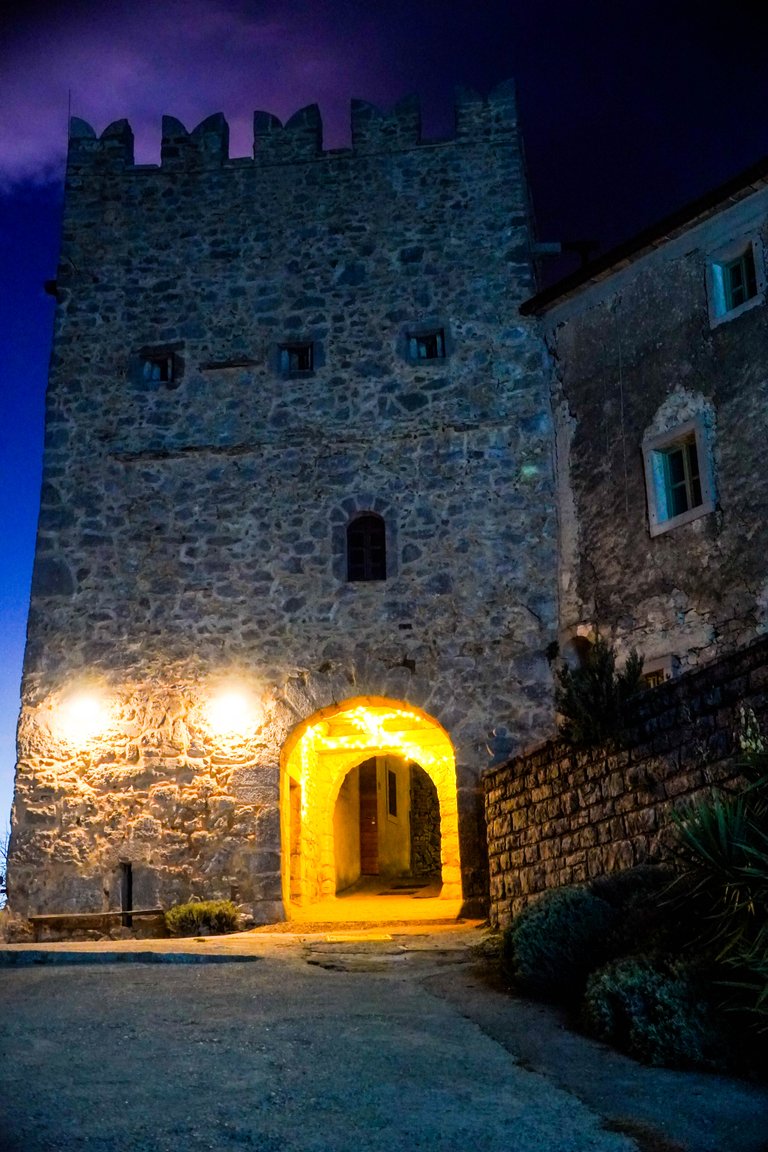 |
|---|
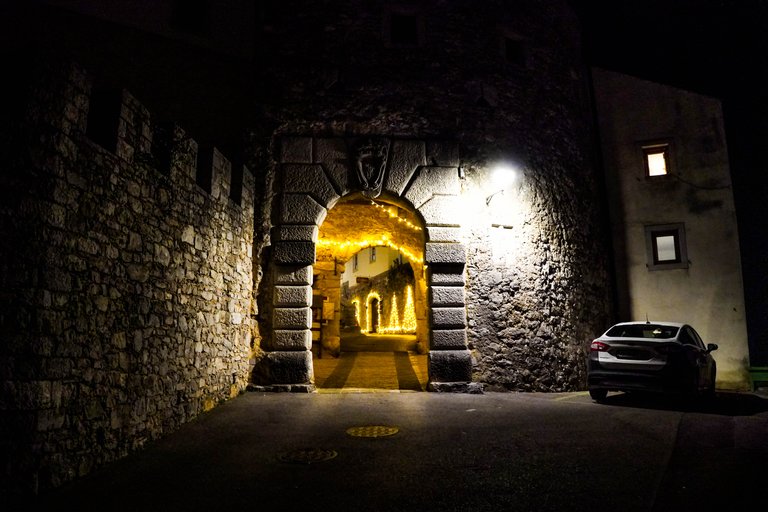
The hill's strategic location meant that it was inhabited in prehistoric times and fortified in antiquity. The town was first mentioned in 1402 and its characteristic defensive walls date back to the 15th century. It was the only thing that protected the inhabitants during the Turkish invasions. The settlement reached its peak of development in the 16th and 17th centuries, and most of the architectural features of the buildings date from this period. Stanjel Castle was built in the Middle Ages, but was later extended to its present Renaissance appearance.
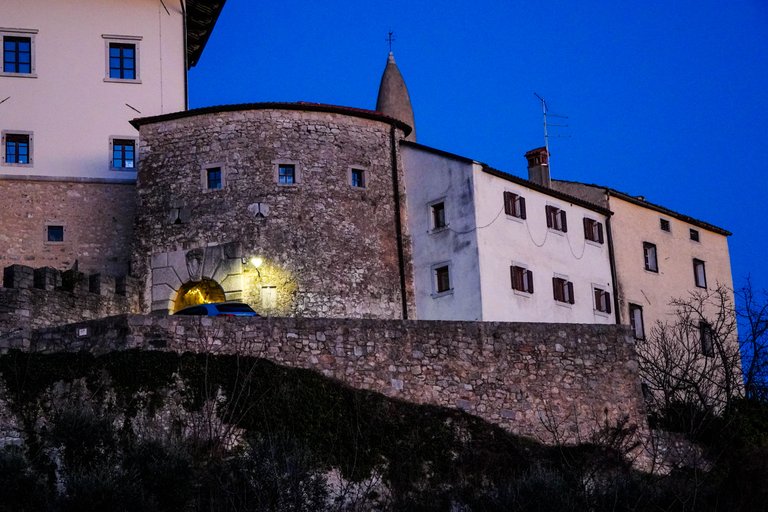
Our family took a round trip around Stanjel, on Christmas Eve, when the locals put up a nativity scene in front of their homes. For this reason, we also chose a slightly later time to visit the village, because you know, lights shine better in the dark. For the little ones, the municipality has prepared a kind of hidden treasure hunt. A map was made with the locations of all the nativity scenes and the children had to write the sequence number of the nativity scene on the map. When the children submit their completed map, they are entered into a prize draw which will take place early next year.
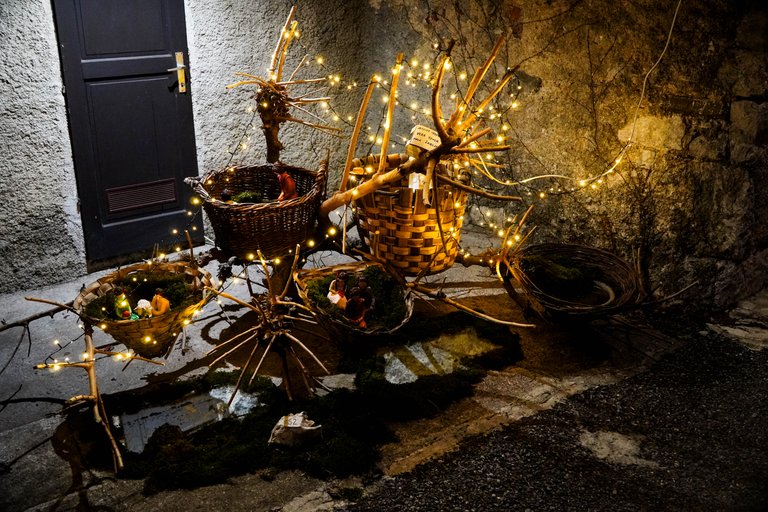
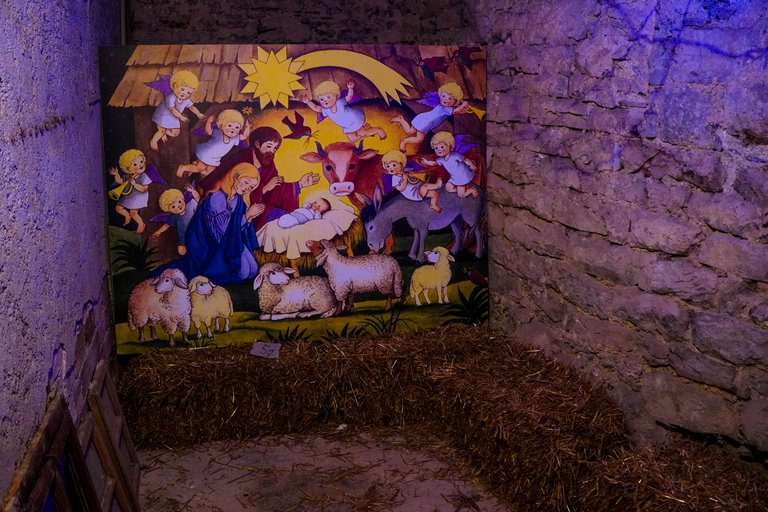
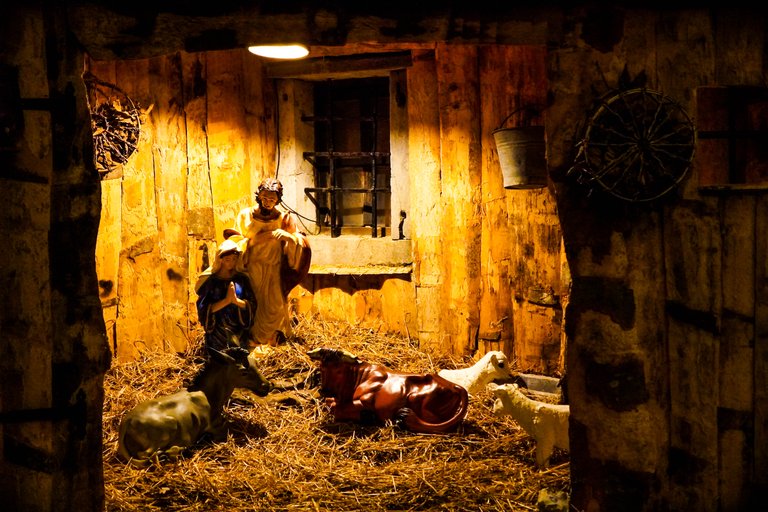
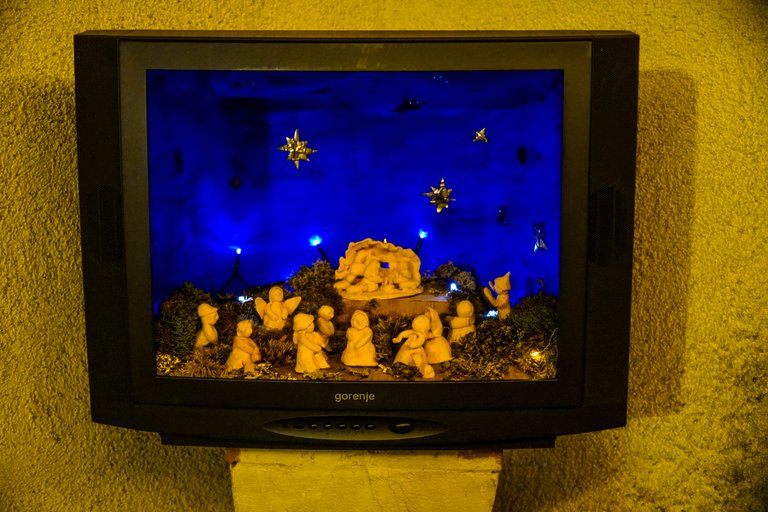
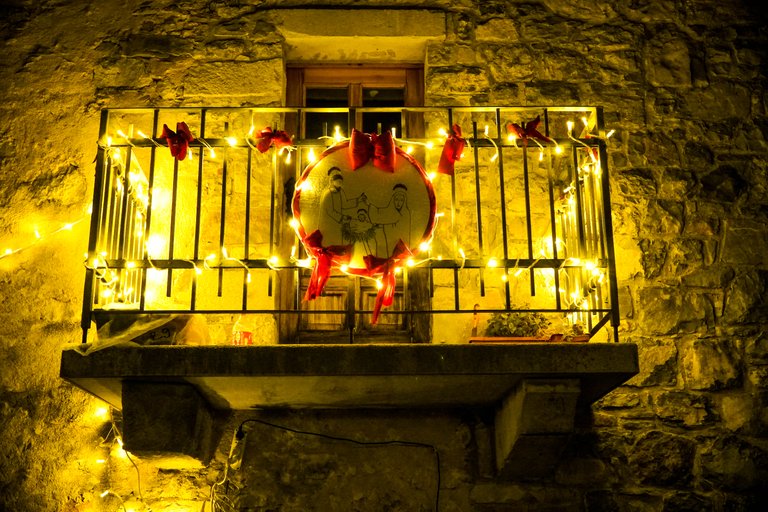
The locals set up their own Christmas nativity scenes in hidden corners of Stanjel, all handmade by themselves. We walked through the streets of the medieval village and discovered Christmas nativity scenes on windowsills, on the doorsteps of Karst houses, in courtyards and on walls.
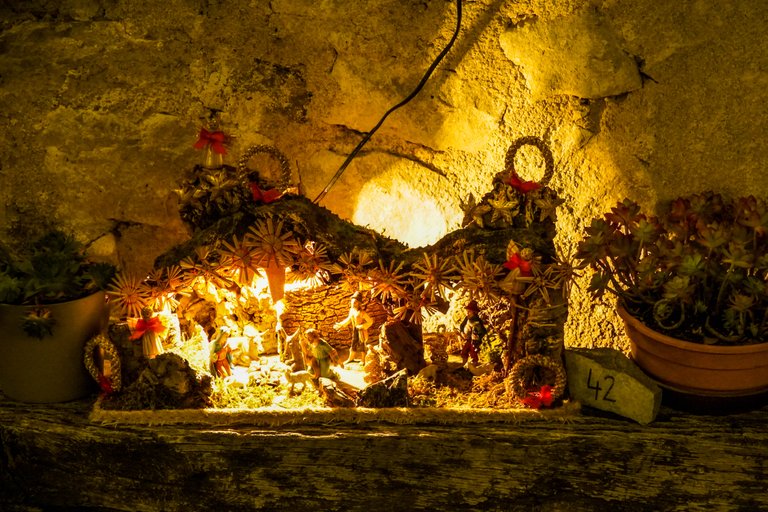
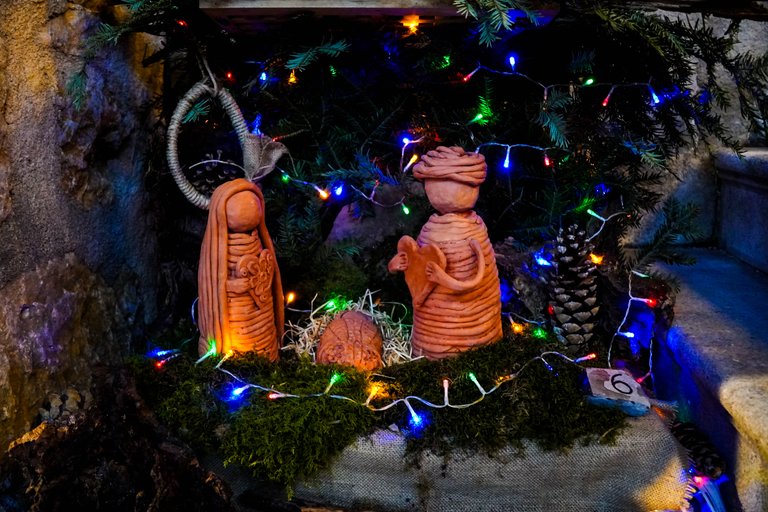
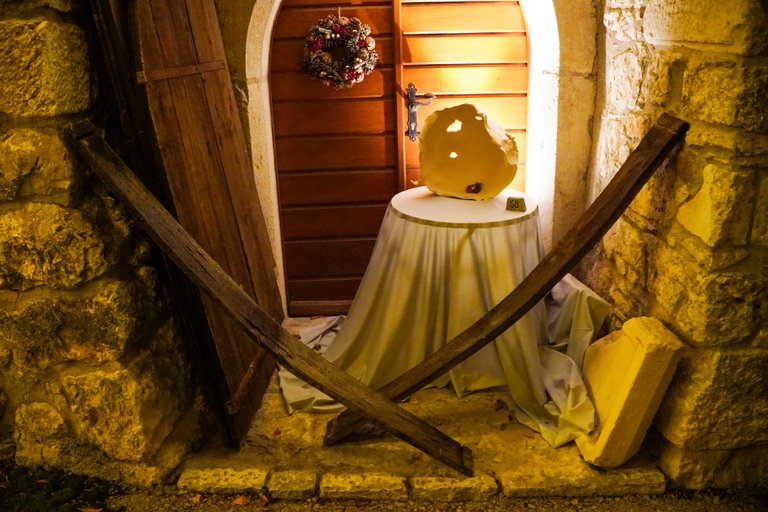
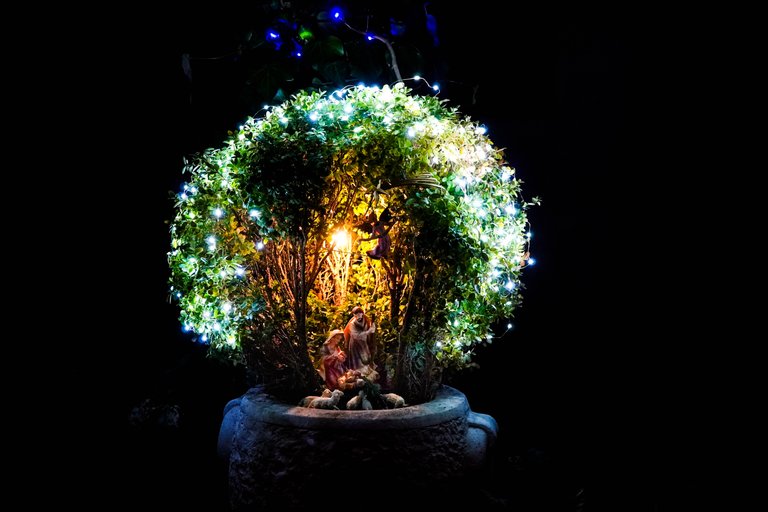
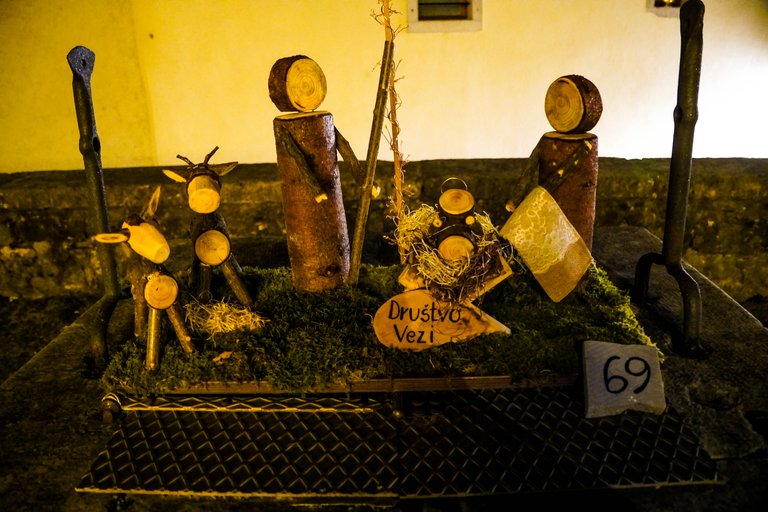
While Stanjel is at its most inviting in summer and spring, the pre-holiday lights and the atmosphere of anticipation of the holidays give the medieval village a special charm. The nativity scene will be displayed in the streets until 12 January 2025.
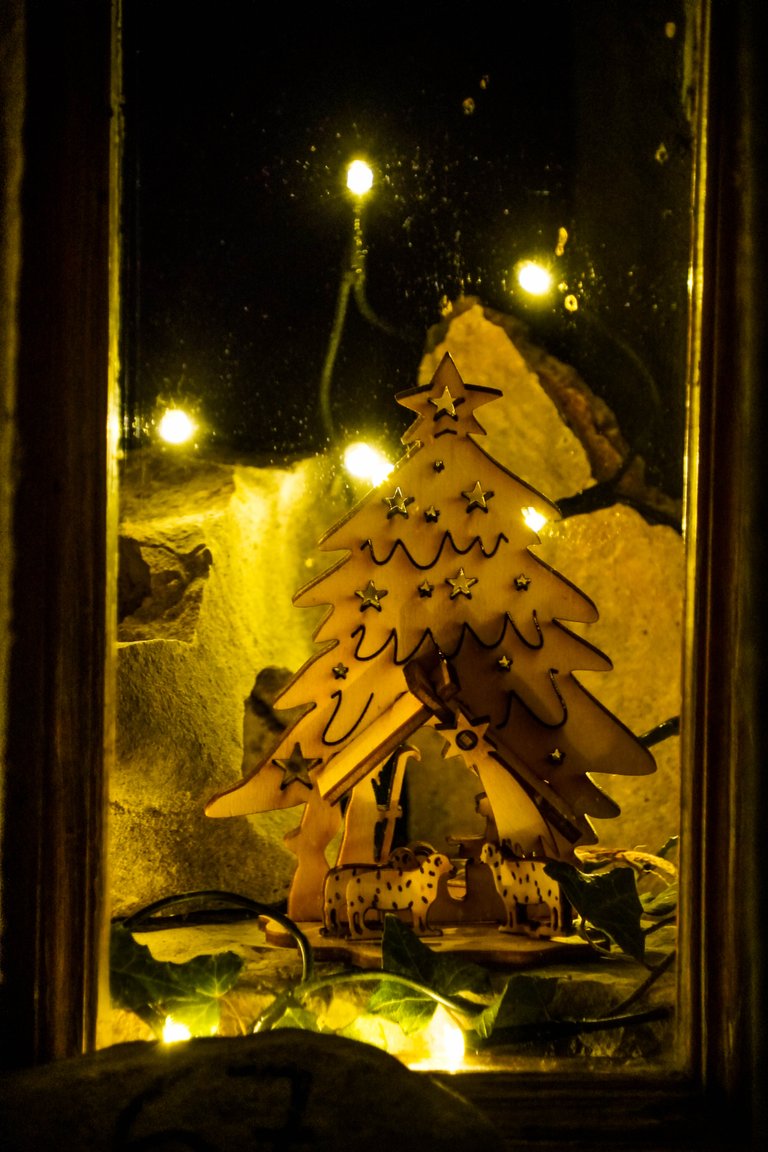
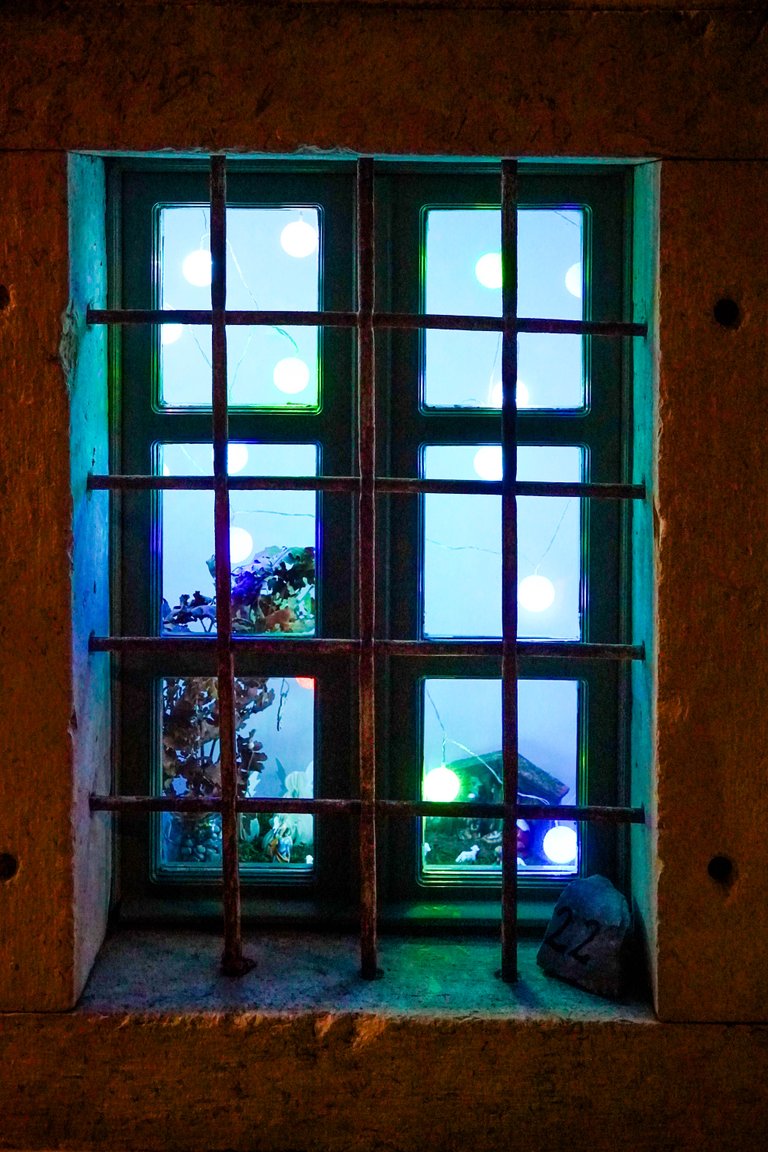
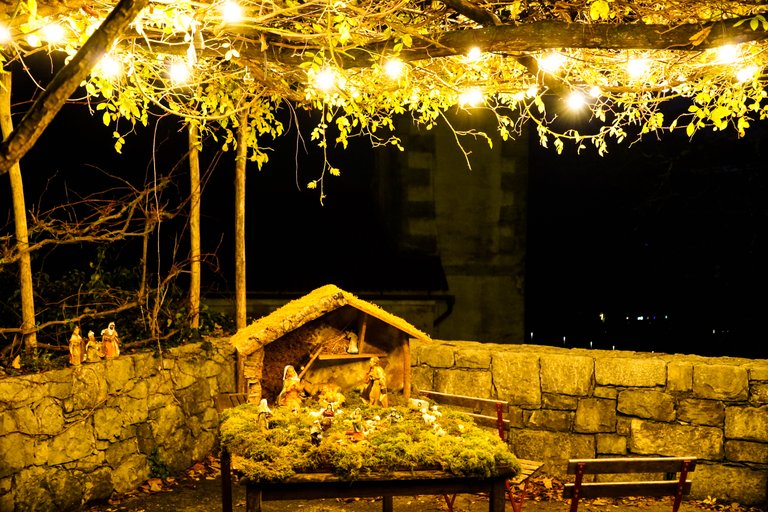
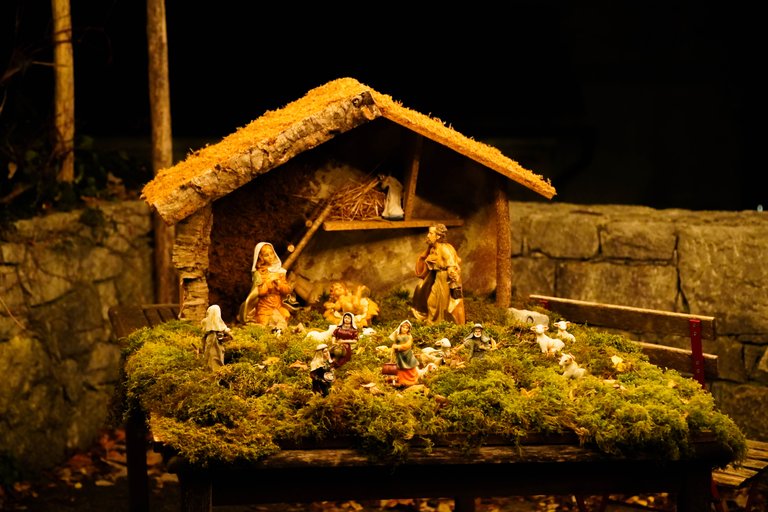
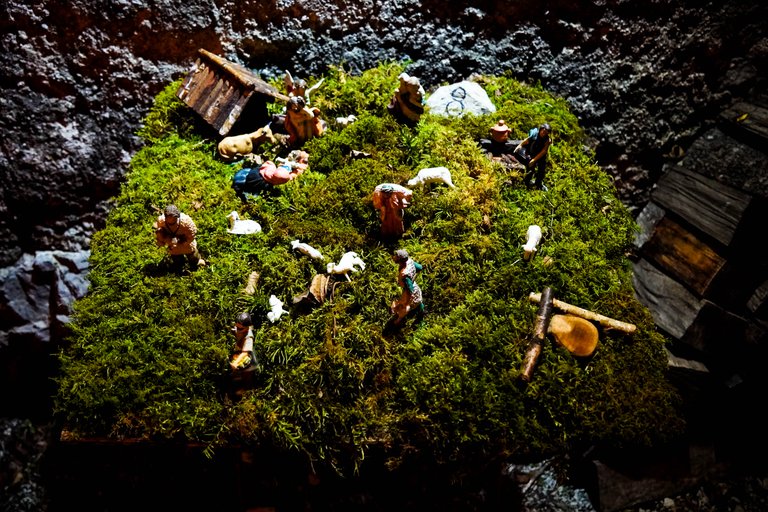
The architect Maks Fabiani made his mark on Stanjel. The interventions in the old settlement were aimed at adapting it to the needs of modern life. As early as 1940, he had already thought of making the settlement accessible to motor traffic by creating a system of access roads. He also addressed one of the main problems of the Karst settlements - water supply. During the Second World War, the settlement was partially burnt down and the castle was badly damaged. The revitalisation of the core and the reconstruction of the castle began in the 1960s and is still ongoing today.
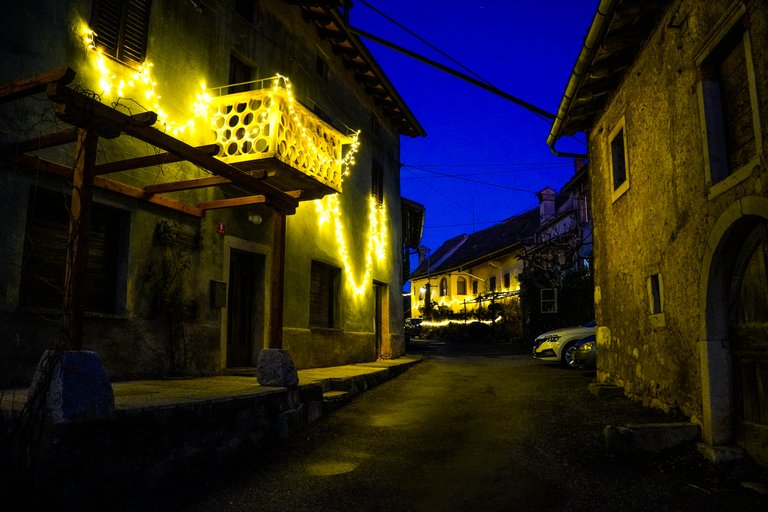
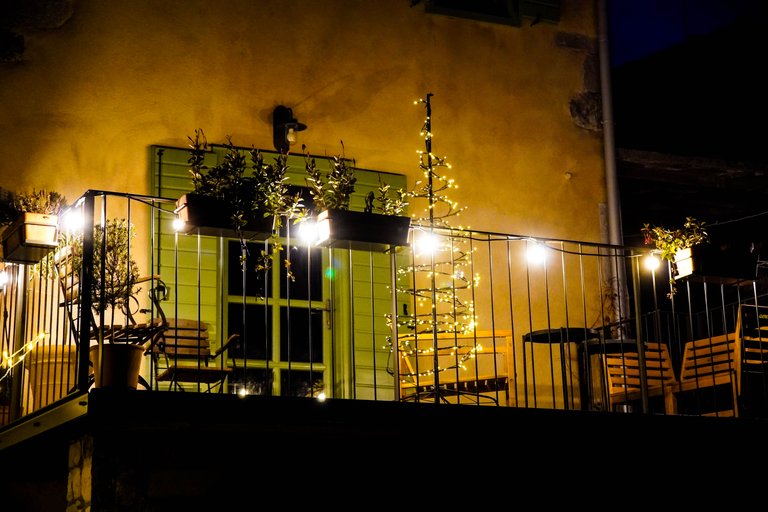

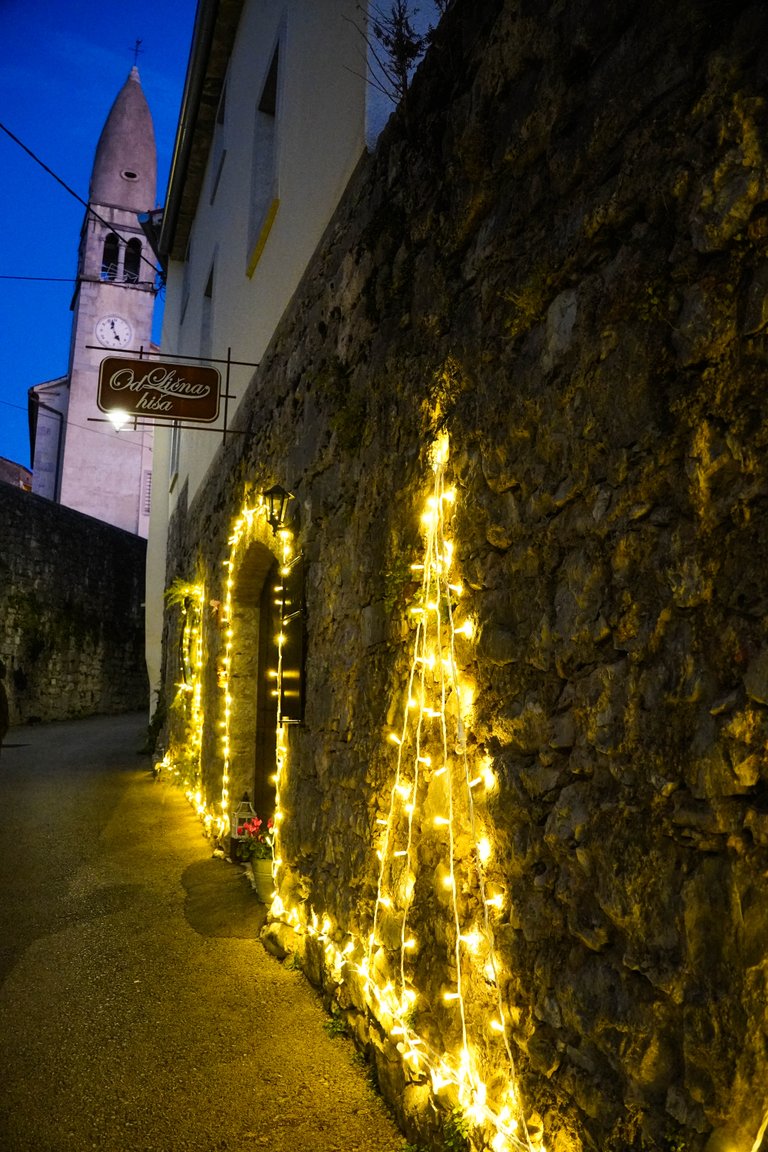 | 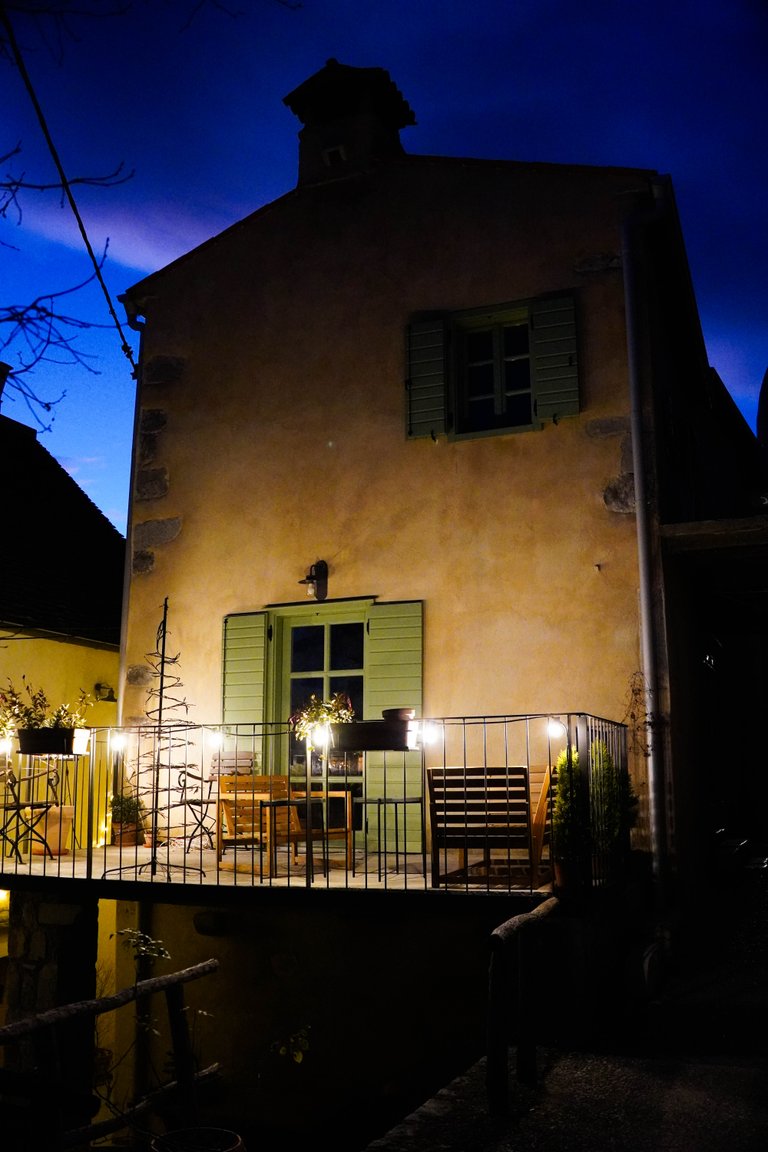 |
|---|
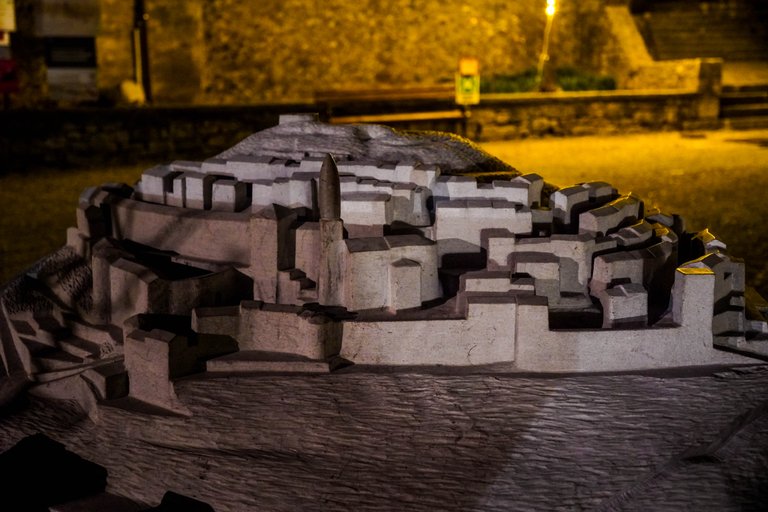
The old core is mostly made of stone, as the locals used stone as a building material because it is so abundant here. It is found at every turn, literally.
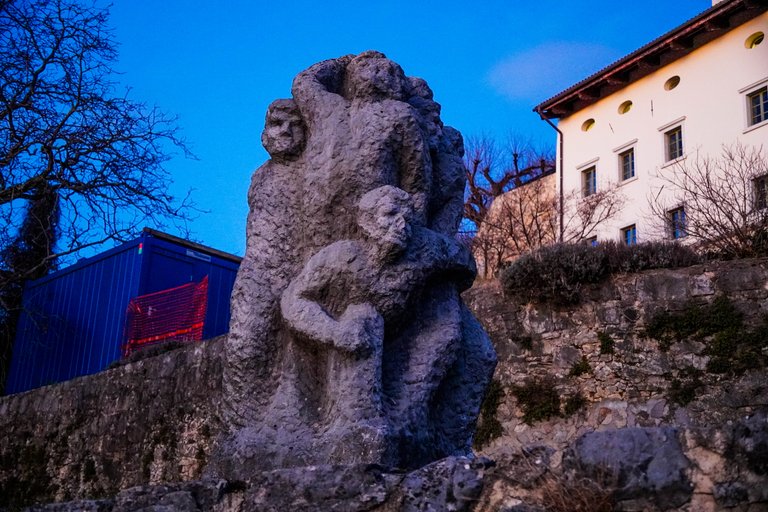
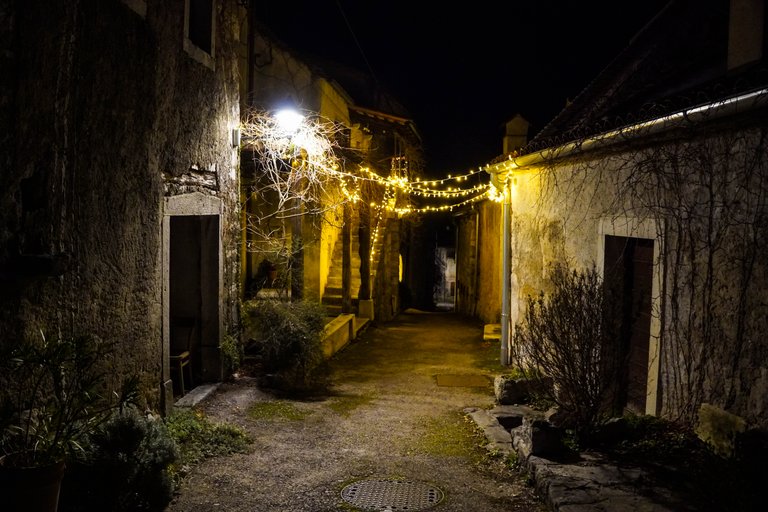
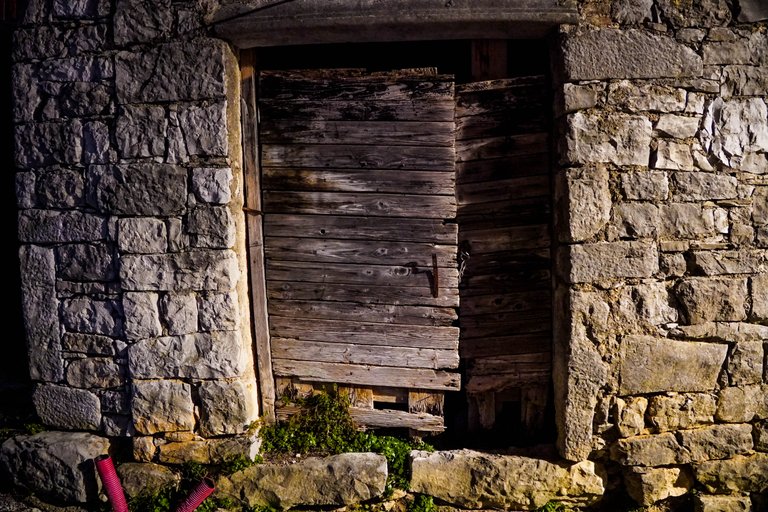
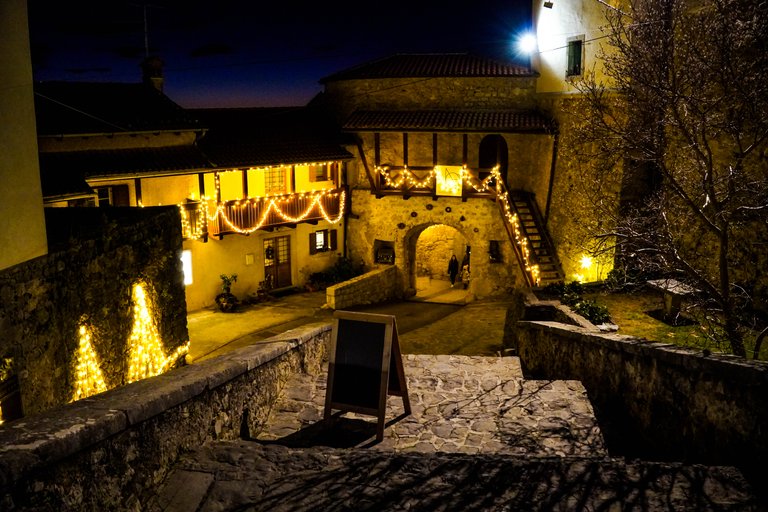
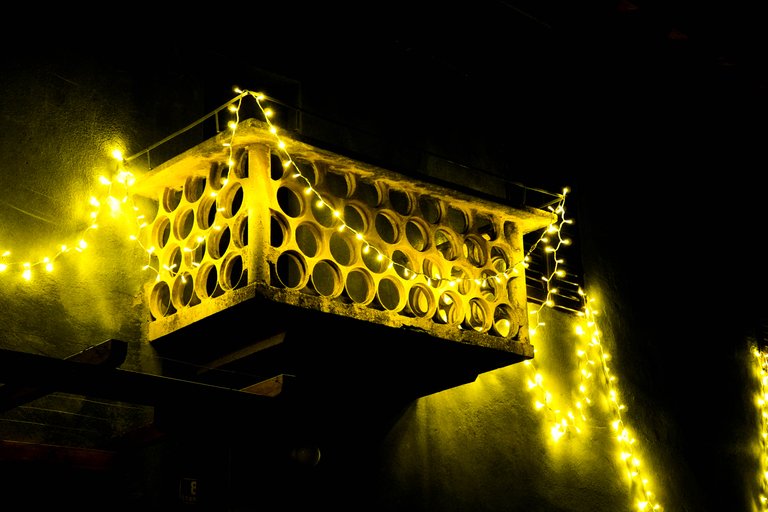
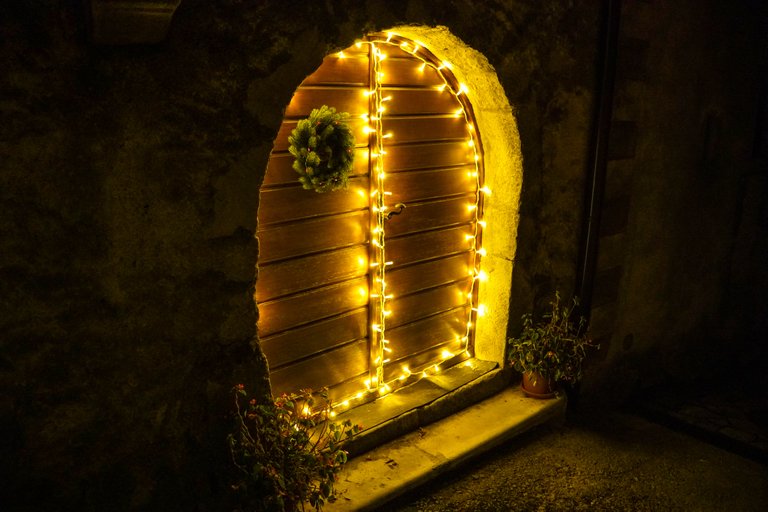
Although the village looks small at first glance, there is a rich cultural heritage hidden under its cover. There is also the Karst House, which is now home to an ethnological museum. It is considered one of the oldest buildings in the village. The house is built entirely of stone, from the walls, the roof and even the gutters, which still serve their purpose today!

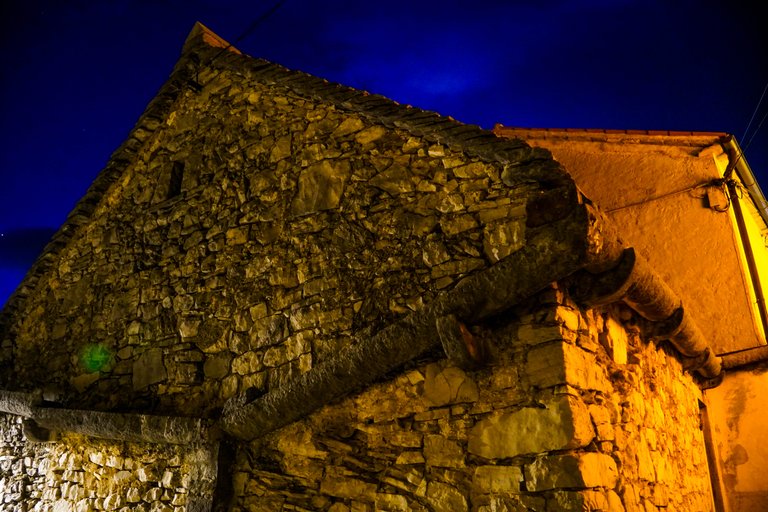
There is also a fountain, which is placed in the village square, where it is a meeting place between the villagers. The fountain is essential for the very survival of the village, as the Karst, despite its rich and watery underground, is dry on the surface and water is a rare resource here.
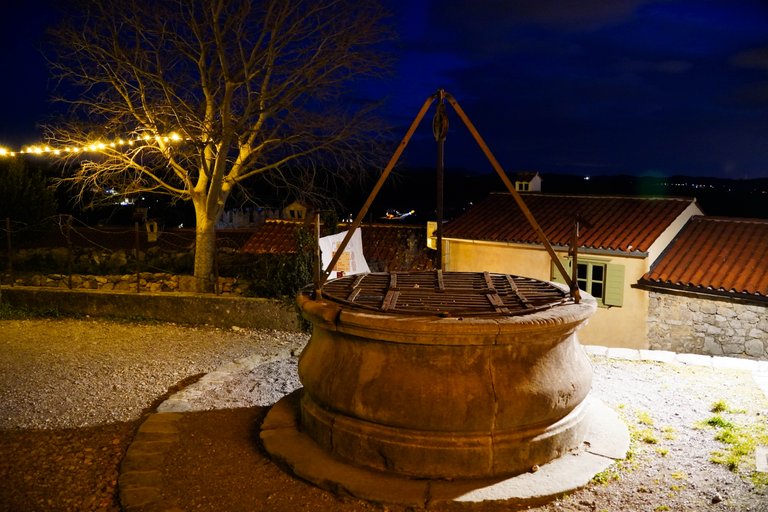
The village also has the Church of St Daniel, which was first mentioned in 1350. Its bell tower is 28 m high and most of it is covered with plaster. The church bell tower with its unique lemon-shaped roof is also the symbol of the village of Stanjel.
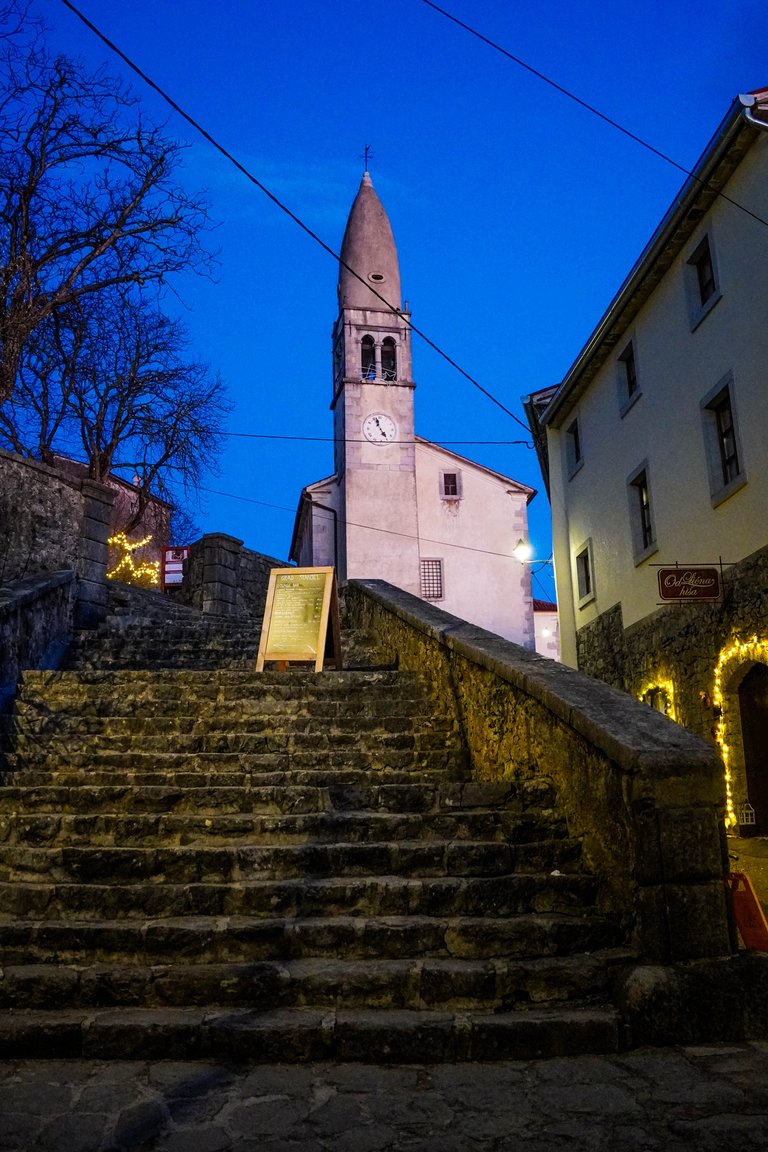
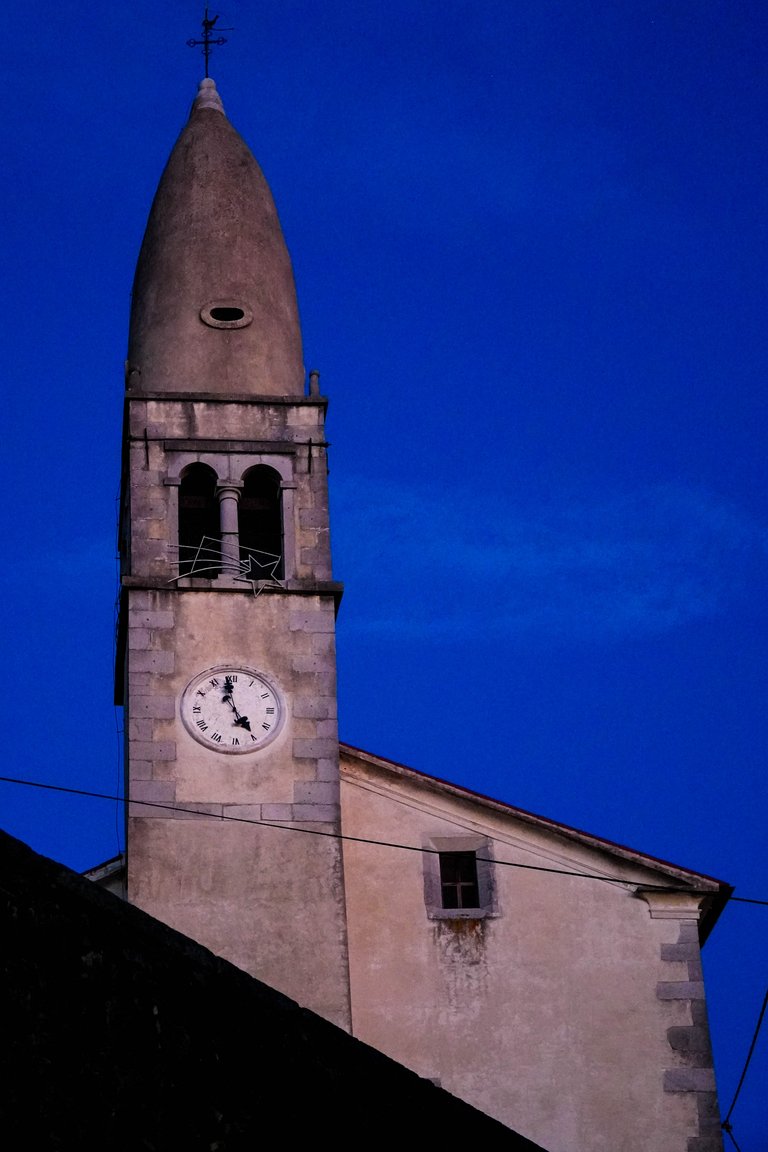

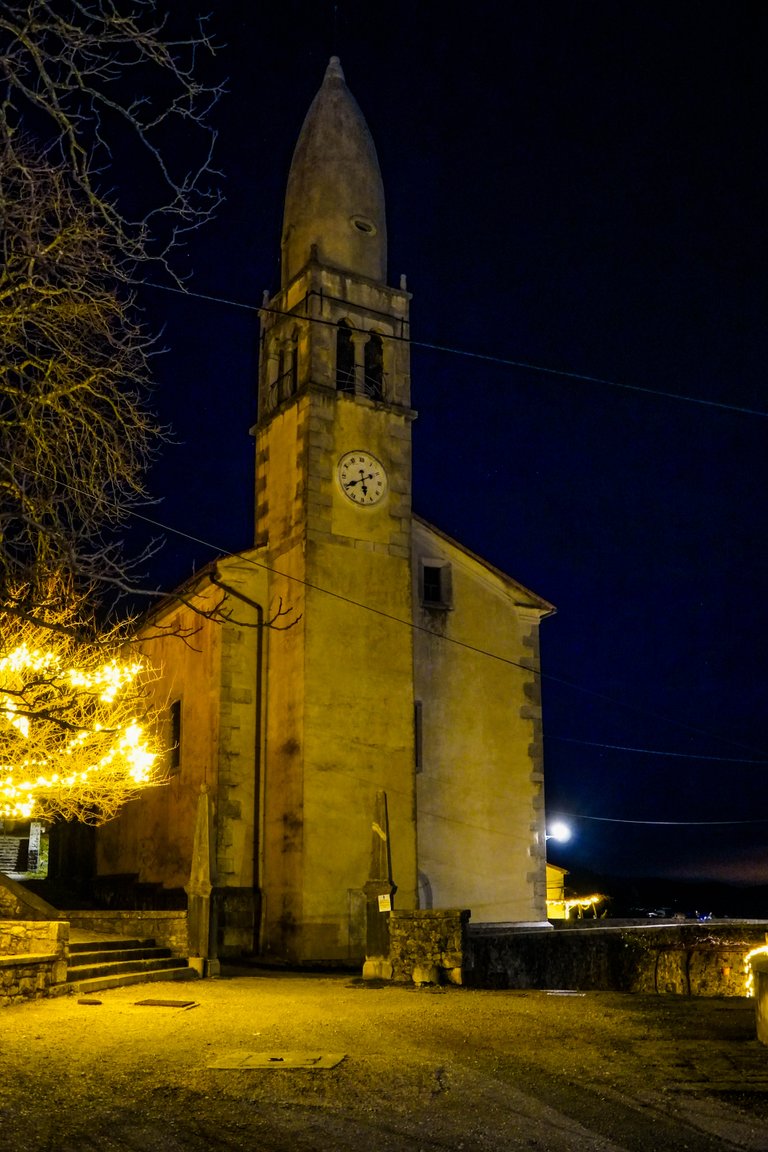
The Ferrari Garden is a meticulously landscaped park that is a real treasury of traditional Karst architecture with modern influences. It was built according to the designs of the architect Max Fabiani. Since 1999, the Ferrari Garden has been declared a cultural monument of national importance. It has become a major tourist attraction and in recent years has also become popular with honeymooners as an idyllic place to hold a wedding.
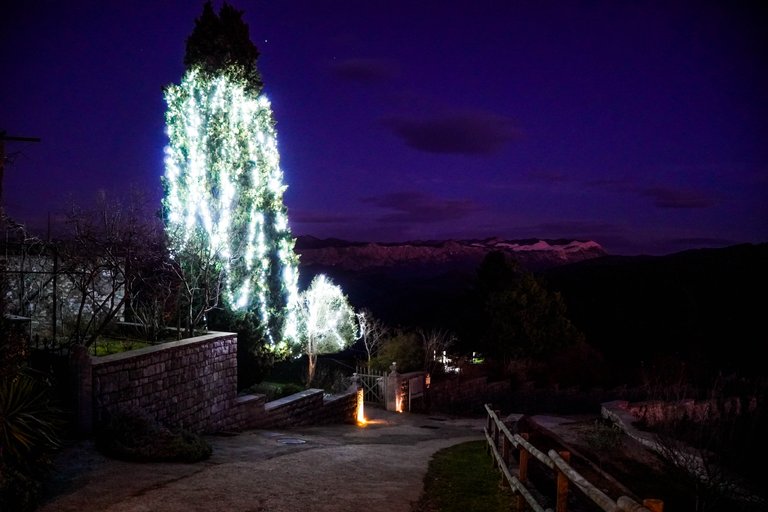
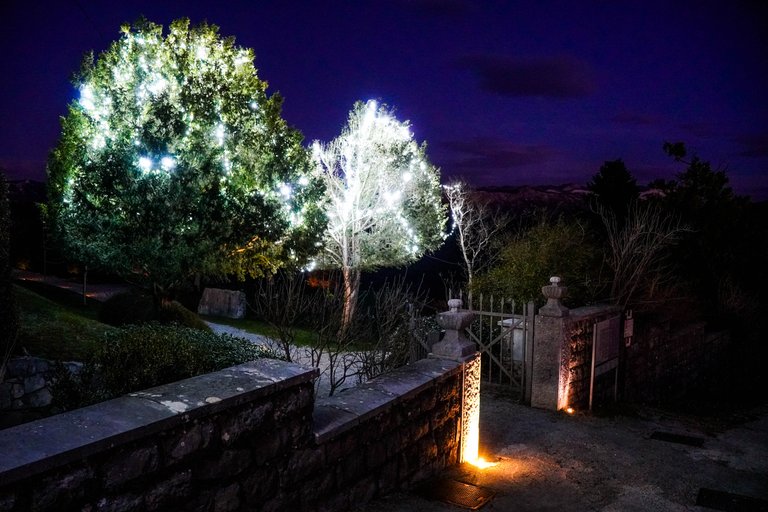
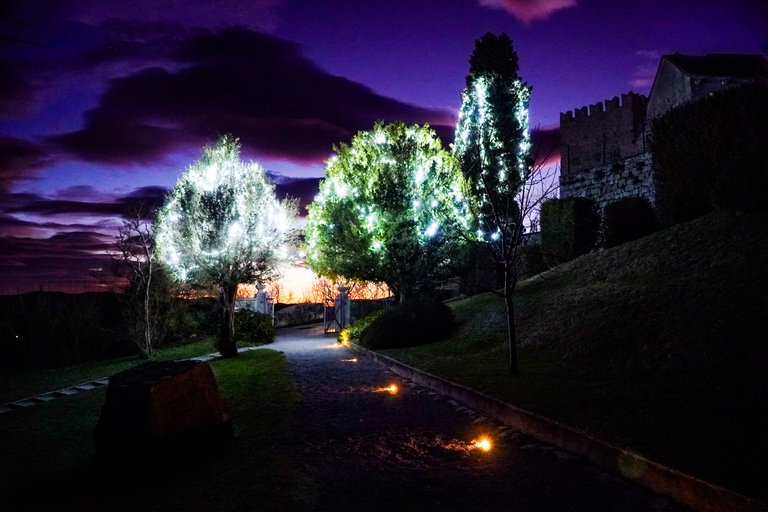
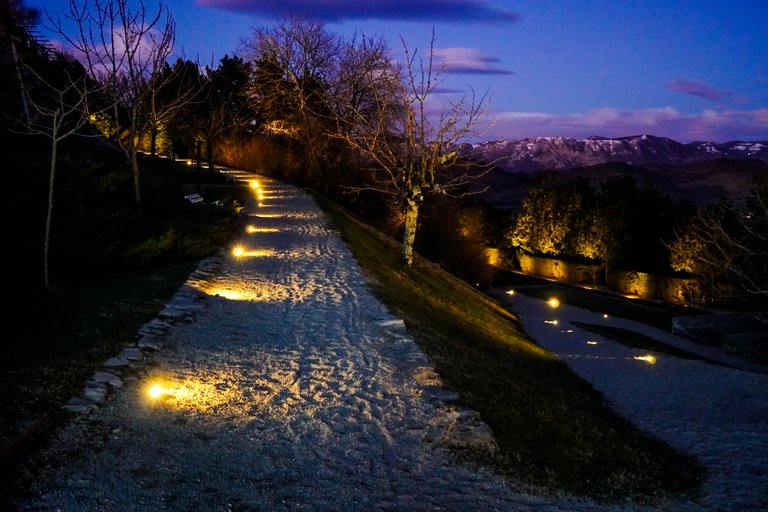

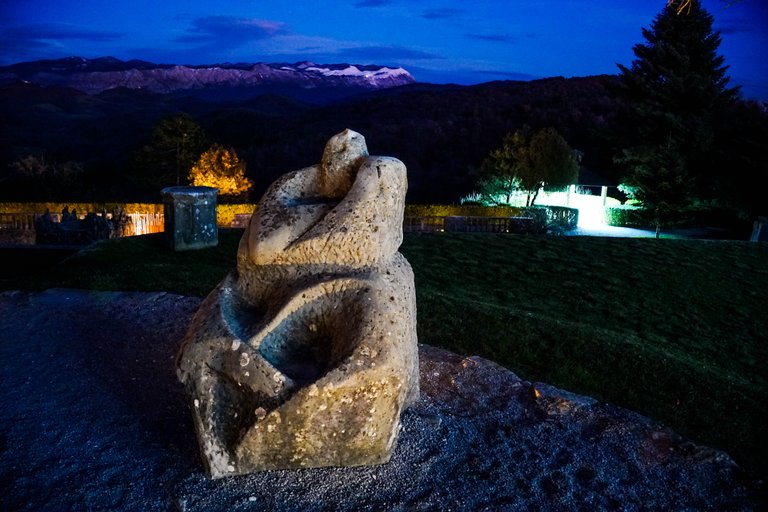
As the night overtook us, I didn't manage to take a full picture of it, but don't worry, you'll surely read more about it in my next posts. The picture below is a daily photo of the garden in spring time, from one of my previous visits.
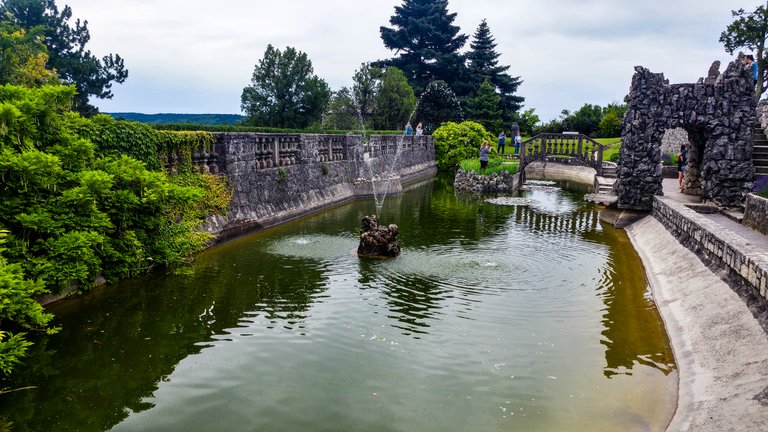
The castle courtyard offers elegance and a romantic backdrop. At the time of our visit, it was very sleepy.
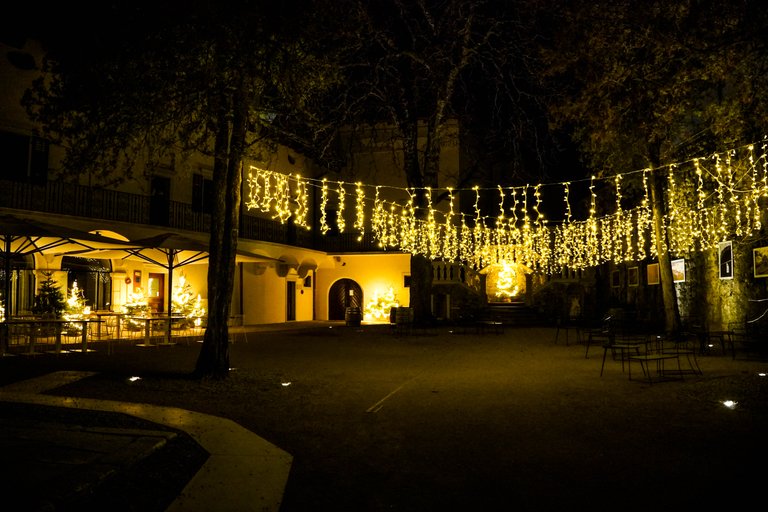
There is a pleasant restaurant offering excellent Karst cuisine made from locally produced ingredients, and in the summer time various events, weddings and concerts are organised here.
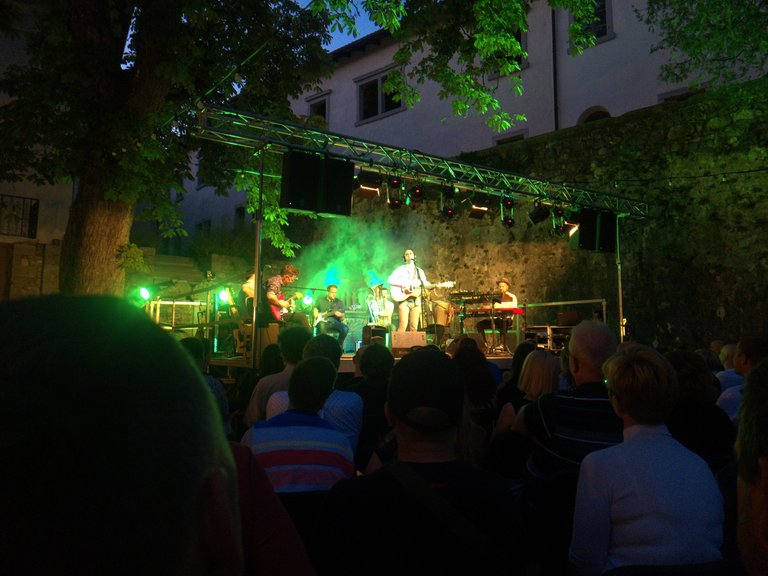
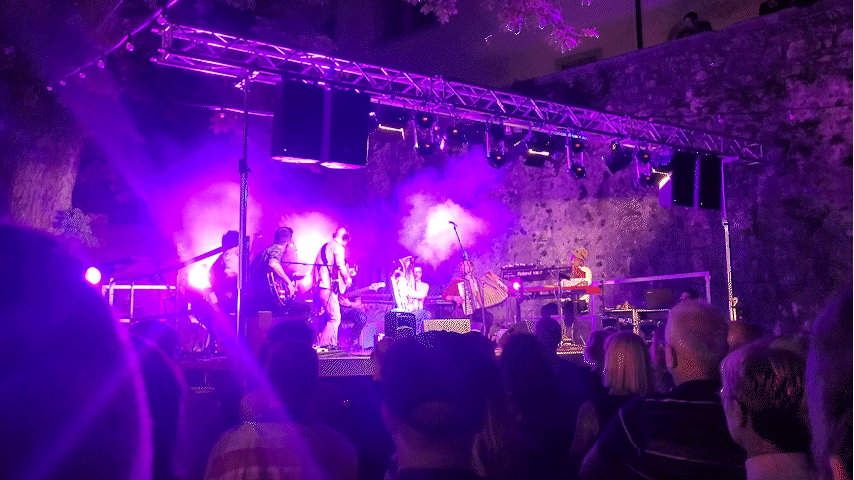
You can also find a few small wine producers around the village where the excellent Karst Teran wine, famous the world over, originates.
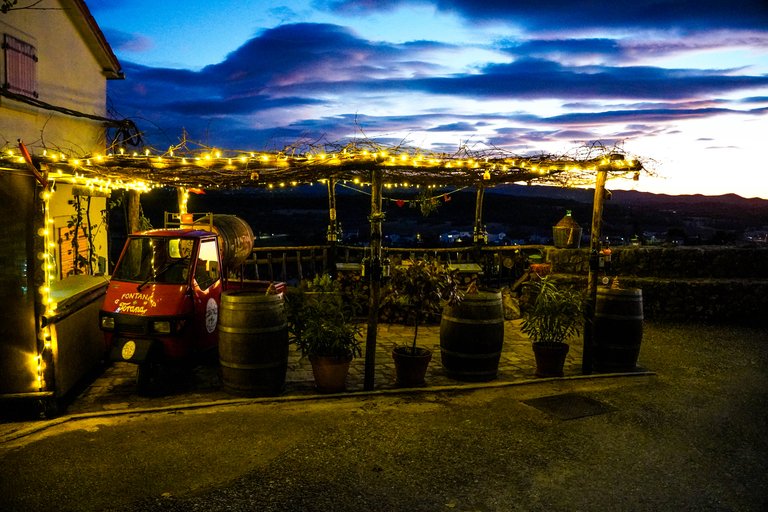
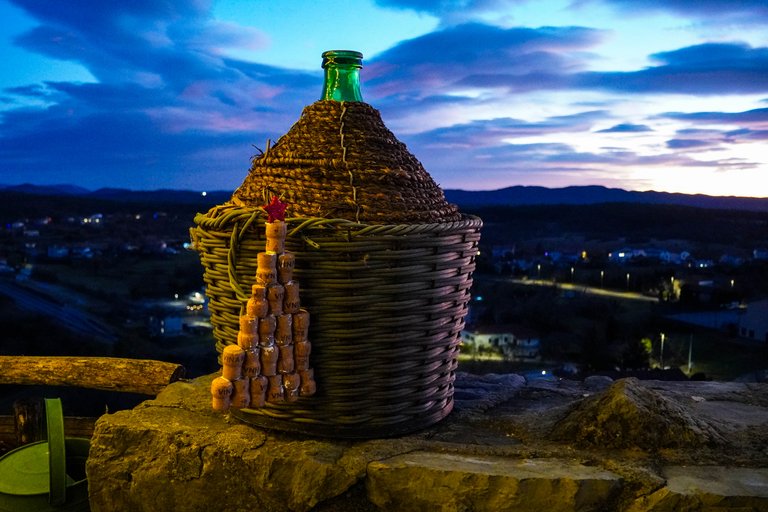
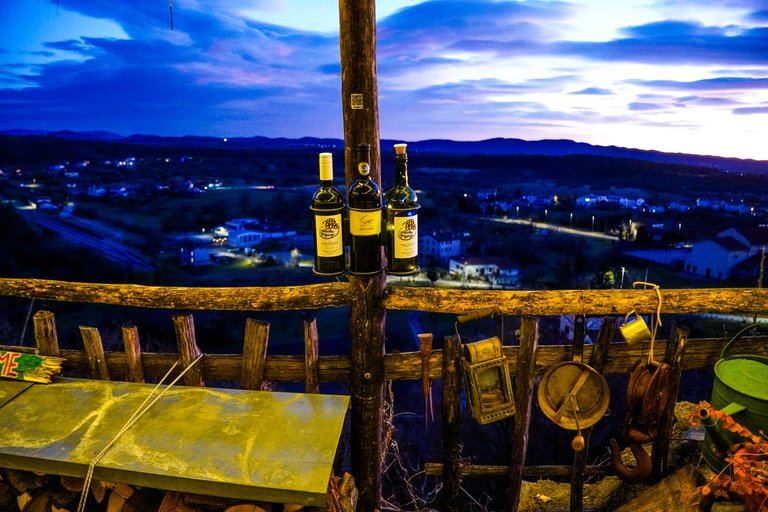
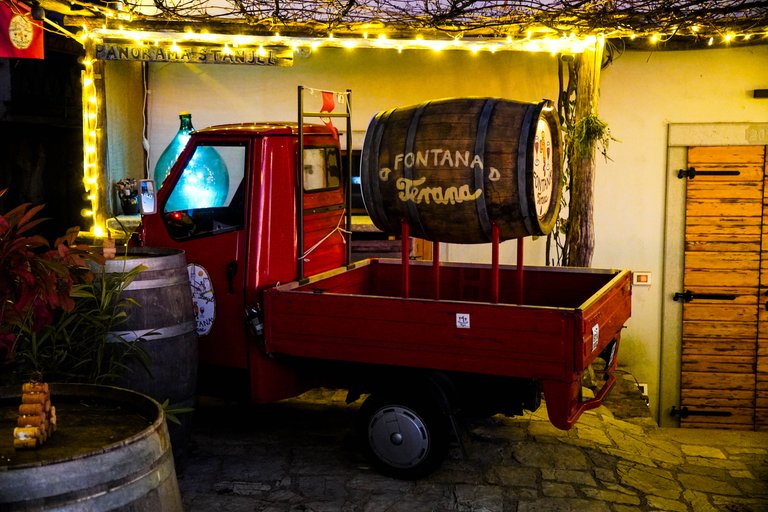
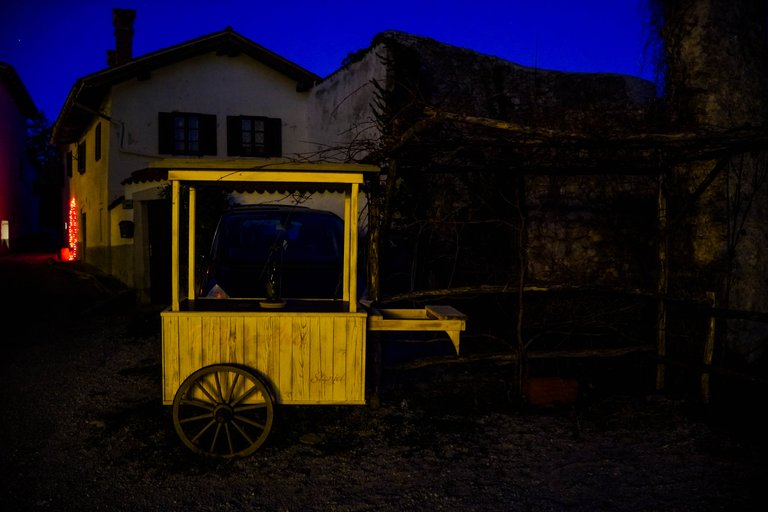
A slice or two (maybe more) of the renowned Karst prosciutto, cured in the Karst wind, is a perfect accompaniment.
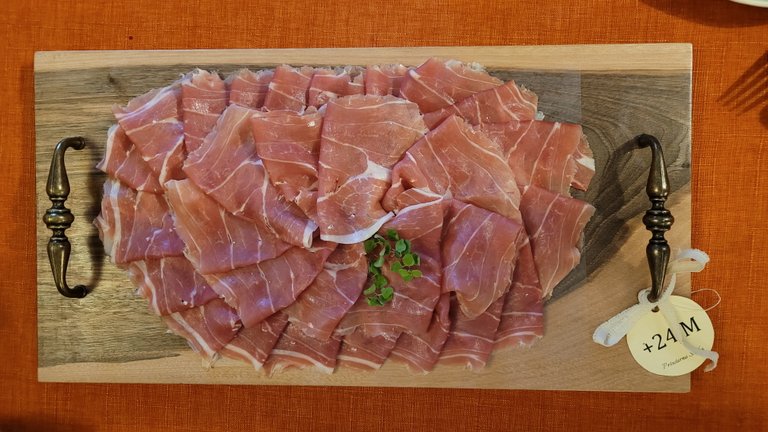

That's all for today. If you are in these parts, I highly recommend a visit.

Thanks for reading,
feel free to leave a comment, I will be glad to reply to.
Best regards, @miljo76

You can check out this post and your own profile on the map. Be part of the Worldmappin Community and join our Discord Channel to get in touch with other travelers, ask questions or just be updated on our latest features.
Stanjel, en Eslovenia, se llena de encanto en Navidad con sus natales hechos a mano por los lugareños. El ambiente festivo, junto a su rica herencia cultural y arquitectura, como el Castillo de Stanjel y el Jardín Ferrari, hacen de este pueblo un lugar único para visitar. ¡Una experiencia mágica! Me encantó como contrastan las luces con el cielo nocturno, gracias por compartir esta experiencia.
Thanks for stopping by @wendy23!
🤗🤗🤗
Hiya, @ybanezkim26 here, just swinging by to let you know that this post made it into our Top 3 in Travel Digest #2424.
Your post has been manually curated by the @worldmappin team. If you like what we're doing, please drop by to check out all the rest of today's great posts and consider supporting other authors like yourself and us so we can keep the project going!
Become part of our travel community:
Thanks a lot @ybanezkim26 for the curation! Wishing you a great year 2025!!!
You are very welcome @miljo76! it was well deserved. ☀️
Happy New Year 🐝🐝